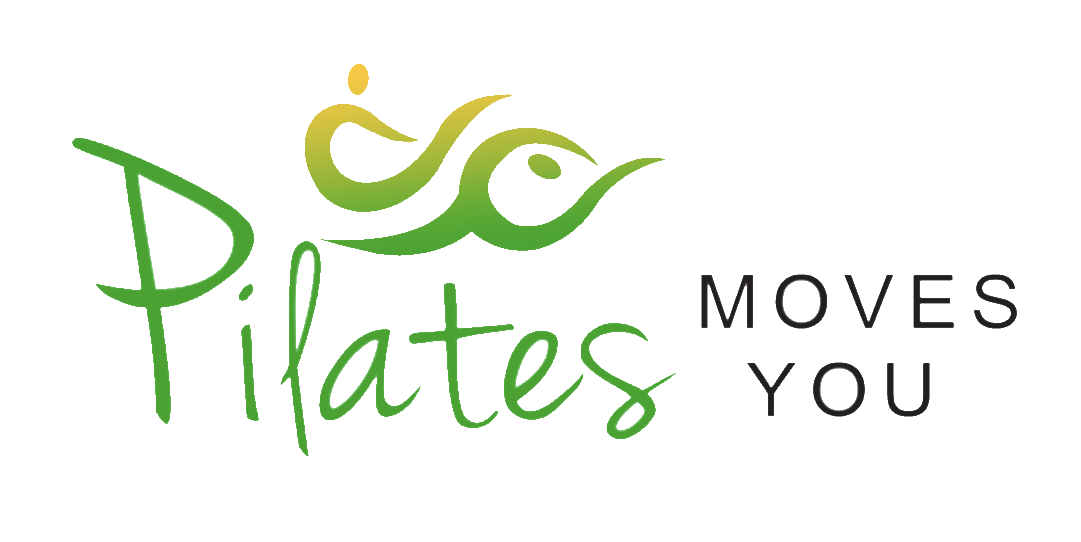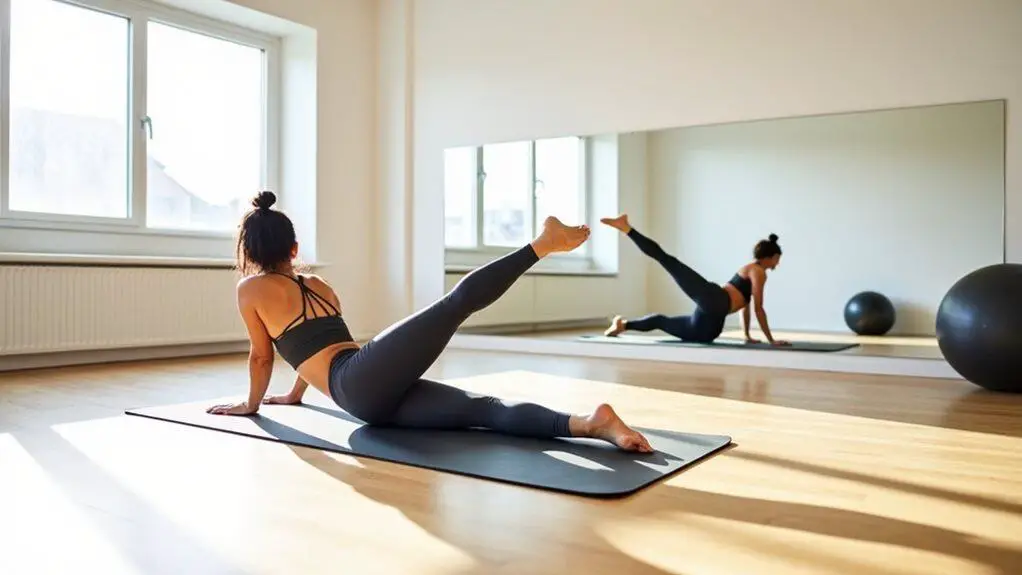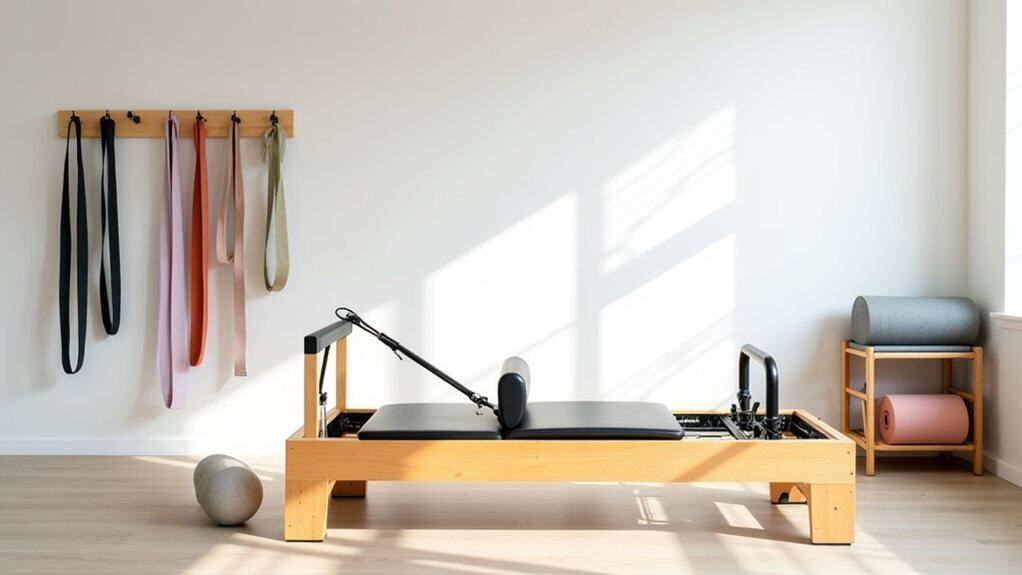In the intricate tapestry of human movement, the hips and groin play pivotal roles, serving as vital junctions that influence everything from our gait to our posture. Yet, despite their significance, these areas often suffer from rigidity and tension, a product of sedentary lifestyles, improper exercise, or simply the wear and tear of daily life.
Pilates offers a series of targeted exercises that enhance hip and groin flexibility. Pilates promotes better mobility and alleviates tension in these areas by focusing on controlled movements, deep stretches, and core strength. Regular practice can improve posture, reduce pain, and increase range of motion.
Enter the world of Pilates—a realm where balance, strength, and flexibility converge—and discover its potential in addressing these common challenges.
The Anatomy of the Hip and Groin: Why Flexibility Matters
The human hip and groin are complex regions, both anatomically and functionally, playing pivotal roles in various movements and activities. Understanding their anatomy is key to grasping the importance of flexibility in these areas.
- Structure and Components:
- Hip Joint: A ball-and-socket joint, it consists of the head of the femur (thigh bone) fitting into the acetabulum of the pelvis. This design allows many motions, including flexion, extension, abduction, adduction, and rotation.
- Groin Muscles: This refers to a group of muscles in the inner thigh region, notably the adductor muscles—adductor longus, adductor brevis, adductor magnus, gracilis, and pectineus. These muscles are crucial in pulling the legs together and assisting with hip flexion.
- Importance of Flexibility:
- Mobility: Flexibility in the hip and groin region aids in smoother movements. Whether walking, running, or even sitting, these joints and muscles play a vital role.
- Injury Prevention: A rigid or tight hip and groin can lead to compensatory movements, putting undue stress on other body parts possibly resulting in injuries.
- Postural Benefits: Flexible hips can help maintain a neutral pelvic position, vital for proper spinal alignment.
- Impact of Modern Lifestyle:
- Our increasingly sedentary lifestyles, characterized by prolonged sitting, can lead to tightness in the hip flexors and groin muscles. This can restrict movement, decrease circulation, and even affect our posture.
- Significance in Athletic Performance:
- Athletes benefit immensely from hip and groin flexibility, especially those in sports demanding agility and rapid directional changes like soccer, tennis, or dancing. It boosts performance and reduces the risk of strains and sprains.
In conclusion, the hip and groin are central to many daily activities and sports. Flexibility is essential for optimal functionality, injury prevention, and overall well-being. Through a deeper understanding of their anatomy, we’re better positioned to appreciate the significance of keeping them agile and limber.
Core Principles of Pilates: Foundation for Enhanced Movement
Pilates, more than a trendy exercise regimen, is rooted in core principles that aim to harmonize the body and mind. These principles lay the groundwork for any Pilates practice, serving as the philosophical and practical foundation that distinguishes it from other fitness modalities.
- Centering: Often referred to as the body’s ” powerhouse, ” Pilates emphasizes initiating movements from the core – the area between the lower ribs and the pelvic floor. Individuals can achieve better balance and stability by focusing on this center, ensuring that movements are controlled and effective.
- Concentration: Pilates is about something other than mindlessly going through the motions. Instead, it demands a deep level of focus and awareness. Every movement requires intent and mindfulness. This dedication to concentration ensures that exercises are performed with precision and efficiency, reducing the risk of injury.
- Control: Pilates is not about the number of repetitions but the quality of each movement. Control is paramount. Instead of relying on momentum, Pilates stresses the importance of controlled, deliberate movements, ensuring that the right muscles are engaged and the body is aligned correctly.
- Precision: Closely tied to concentration and control is the principle of precision. Each exercise in Pilates has a purpose and a correct form. Precision ensures that the desired muscles are targeted and the benefits of each movement are maximized.
- Breath: Breathing is integral to Pilates. Proper breathing techniques help oxygenate the body, aid in movement, and even activate specific muscle groups. The rhythm of inhalation and exhalation in Pilates is synchronized with each movement, promoting a harmonious flow during practice.
- Flow: Pilates exercises are designed to flow seamlessly from one to the next, ensuring fluidity and grace in movement. This continuous motion adds to the workout’s aerobic aspect and trains the body and mind to move elegantly and efficiently.
In essence, the core principles of Pilates go beyond mere physical exercise. They touch upon the interconnectedness of the body and mind, emphasizing holistic well-being. By internalizing and practicing these principles, individuals can achieve a deeper fitness level, marked by enhanced movement, balance, and awareness.
Targeted Pilates Exercises for Hip and Groin Liberation
Unlocking the potential of the hip and groin regions requires a combination of strengthening, stretching, and mobilizing exercises. Pilates, with its focus on controlled, precise movement, offers a variety of exercises tailored for this purpose. Let’s delve into some targeted Pilates exercises designed to liberate the hip and groin areas:
- The Clam:
- Position: Lie on your side with legs bent at a 90-degree angle and feet in line with the spine.
- Movement: To keep your feet together, lift the top knee as high as possible without moving the pelvis. Then, lower it down. This exercise strengthens the outer hip muscles.
- Single Leg Circle:
- Position: Lie on your back with one leg extended straight up and the other flat on the ground.
- Movement: Circle the raised leg in a controlled manner, first clockwise and then counterclockwise. This enhances hip joint mobility and strengthens the hip flexors.
- Hip Rolls:
- Position: Lie on your back with knees bent and feet flat on the floor.
- Movement: Tilt the pelvis and roll the spine off the floor, lifting the hips. Slowly roll back down. This promotes mobility in the lumbar spine and strengthens the glutes and hamstrings.
- Scissor Kicks:
- Position: Lie on your back with both legs raised towards the ceiling.
- Movement: Lower one leg towards the floor while raising the other, then switch. This exercise targets the hip flexors and the lower abdominal muscles.
- Inner Thigh Lifts:
- Position: Lie on your side with the bottom leg extended straight and the top leg bent with the foot resting on the floor in front of the bottom leg.
- Movement: Lift the bottom leg off the floor and then lower it without letting it touch the ground. This exercise strengthens the adductor muscles of the inner thigh, which is crucial for groin flexibility.
- Saw:
- Position: Sit upright with legs spread apart wider than hip-width and arms extended to the sides.
- Movement: Rotate your torso to one side and reach the opposite hand towards the foot, resembling a sawing motion. This exercise stretches the hamstring and groin area and promotes spinal rotation.
Consistent practice of these targeted exercises can greatly enhance flexibility in the hip and groin regions. As with any Pilates routine, focus on precision, control, and breath to ensure optimal benefits and avoid strain or injury. Always consult a certified Pilates instructor to ensure correct form and technique.
Sources:
https://www.yourpilatesphysio.com/PilatesHipGroinExercises
https://www.healthline.com/health/fitness-exercise/hip-flexor-exercises




